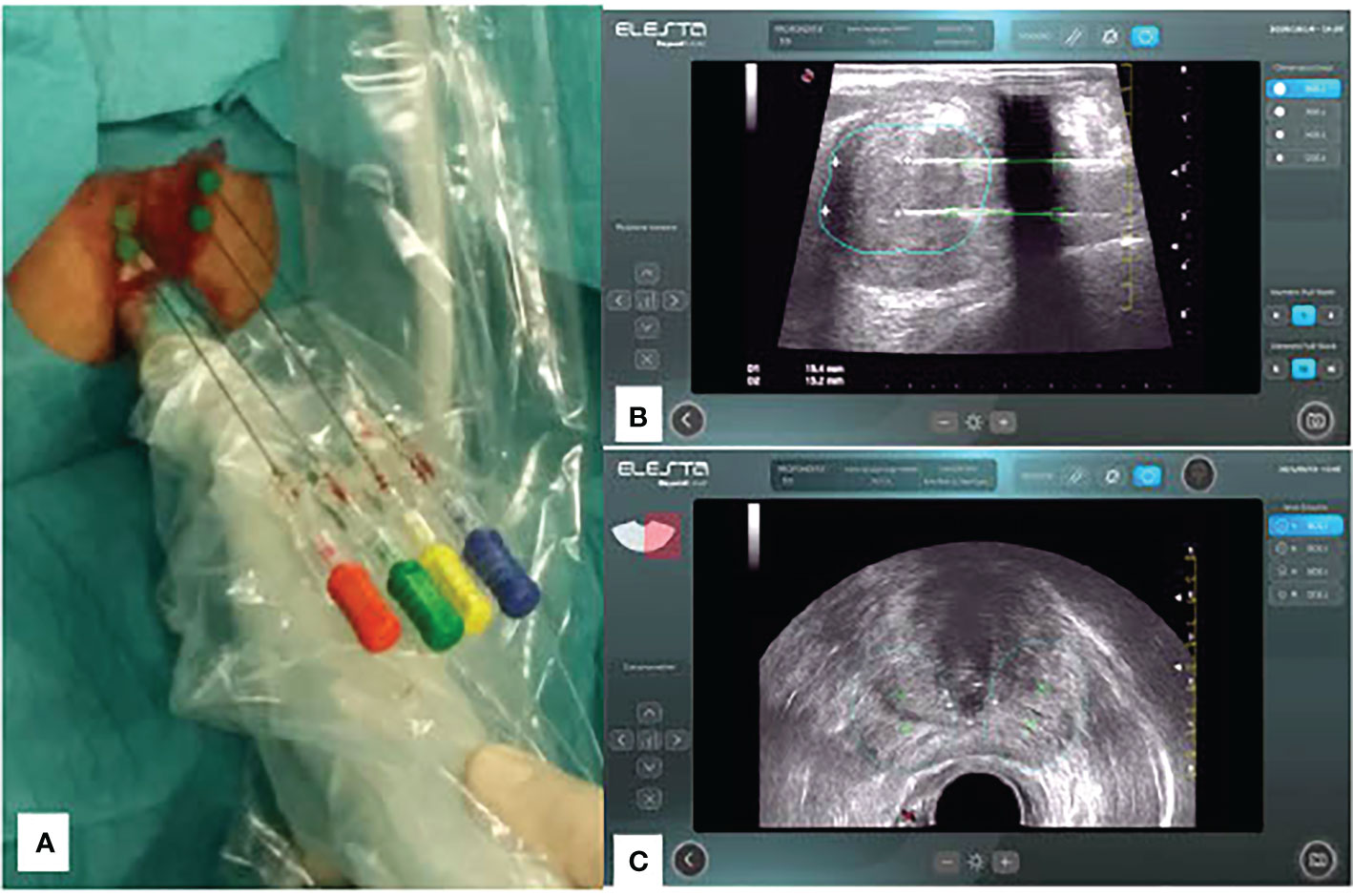Prostate matters is a not for profit organisation committed to providing free information about prostate issues from leading Clinical Authorities.
Treatment of BPH – Echolaser

Consultant Urological Surgeon
Royal Surrey Hospital, Guildford
Echolaser – a minimally invasive treatment for Benign Prostatic Hyperplasia
Click the image below to watch the video
Echolaser is a minimally invasive medical technology used for the treatment of enlarged prostate in men. This ground-breaking treatment uses laser light transmitted by optical fibres to destroy excess prostate tissue and help shrinking the prostate. This results in alleviating pressure to a patient’s bladder to relieve urinary problems and improve quality of life. Most minimally invasive treatment, except for PAE and Echolaser, involve the insertion of the ablation modality (laser, water steam, mechanical frame) into the urethra via your penis. Echolaser is different, the optical fibres delivering the laser beam are inserted via the transperineum. That is the area under your testes. In terms of method, it is very similar as to how transperineal biopsy is performed. This can mean their is less risk of post procedure complications such as infection or injury.
The other big difference is that the tissue is ablated by the laser but not removed. Therefore the targeted tissue is reabsorbed after the procedure, rather like PAE. Therefore noticing improvement in your BPH symptoms takes 6 to 8 weeks rather than being immediate.
Click the image above to see a video about the procedure.
How Echolaser Works for treatment of prostate enlargement:
- Ultrasound Guidance: The procedure is performed under real time ultrasound guidance, allowing precise placement of the laser fibres into the prostate tissue and safety of treatment sparing vital structures like urethra and bladder neck.
- Laser Ablation: The laser light emitted by fine optical fibres delivers controlled thermal energy to the enlarged prostate tissue, causing it to coagulate and shrink. This reduces the pressure on the urethra and eliminates symptoms such as difficulty urinating, frequent urination, and incomplete bladder emptying.
- Minimally Invasive: The entire procedure is typically done under local anaesthesia, involves no major incisions, and generally lasts between 15 and 45 minutes.
- Bladder drainage: All patients will need to have a catheter or urethral stent for a few days to help the healing of their prostate immediately after the procedure.
Benefits of Echolaser for BPH:
- Outpatient Procedure: It is performed on an outpatient basis, reducing need for general anaesthetic and hospital stay. It can transform the way we treat elderly or frail patients who may not be suitable for other treatment options or are on anticoagulant treatment or even men with long term catheters
- All prostate sizes can be treated: Echolaser can safely treat any prostate volumes above 35-40 cc. The maximum volume treated in a session and the extent of the ablation vary according to the prostatic volume, anatomy and surgeon preference. Due to its minimally invasive nature, it can also be repeated if deemed necessary. The lack of data on long-term follow-up however makes it difficult to draw conclusions on retreatment rates.
- Quick Recovery: Patients usually experience a quicker recovery with minimal discomfort compared to other modalities.
- Low Risk of Side Effects: There’s a lower risk of common side effects associated with more invasive surgeries like bladder irritation post procedure or urinary infections. Very rare cases of prostatic abscess formation were reported that were treated with drainage and antibiotics.
- Preservation of sexual functions: The treatment is designed to preserve normal tissue and therefore reduces the risk of complications such as erectile dysfunction (no reported change in patient questionnaires) or retrograde ejaculation (2-4%) that can be associated with other procedures.
Echolaser is suitable for men with moderate to severe lower urinary tract symptoms who are seeking a less invasive treatment option, especially if they want to avoid general anaesthetic or the risks associated with traditional surgical methods. However, it’s essential to consult with a urologist to determine if this treatment is appropriate for you!

Prostate matters is a not for profit organisation that is committed to providing free expert advice about prostate issues from leading Clinical Authorities
In memory of Riki
PROSTATE MATTERS
Copyright Disclaimer: We try to acknowledge copyright as appropriate. If we have used something without acknowledging copyright, this is inadvertent. Please let us know by emailing info@prostatematters.co.uk
Site design and technical development by Webtoys | Intelligent Digital Media


